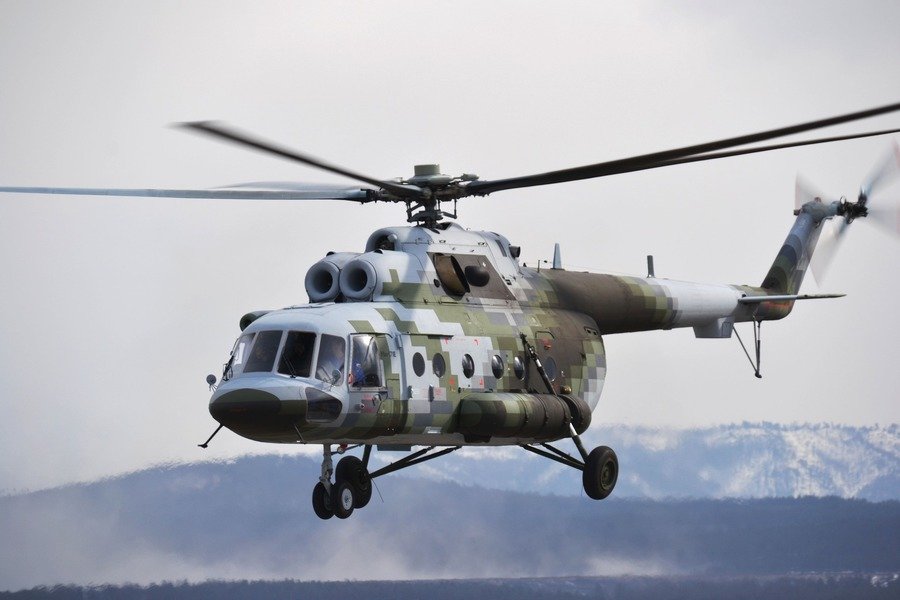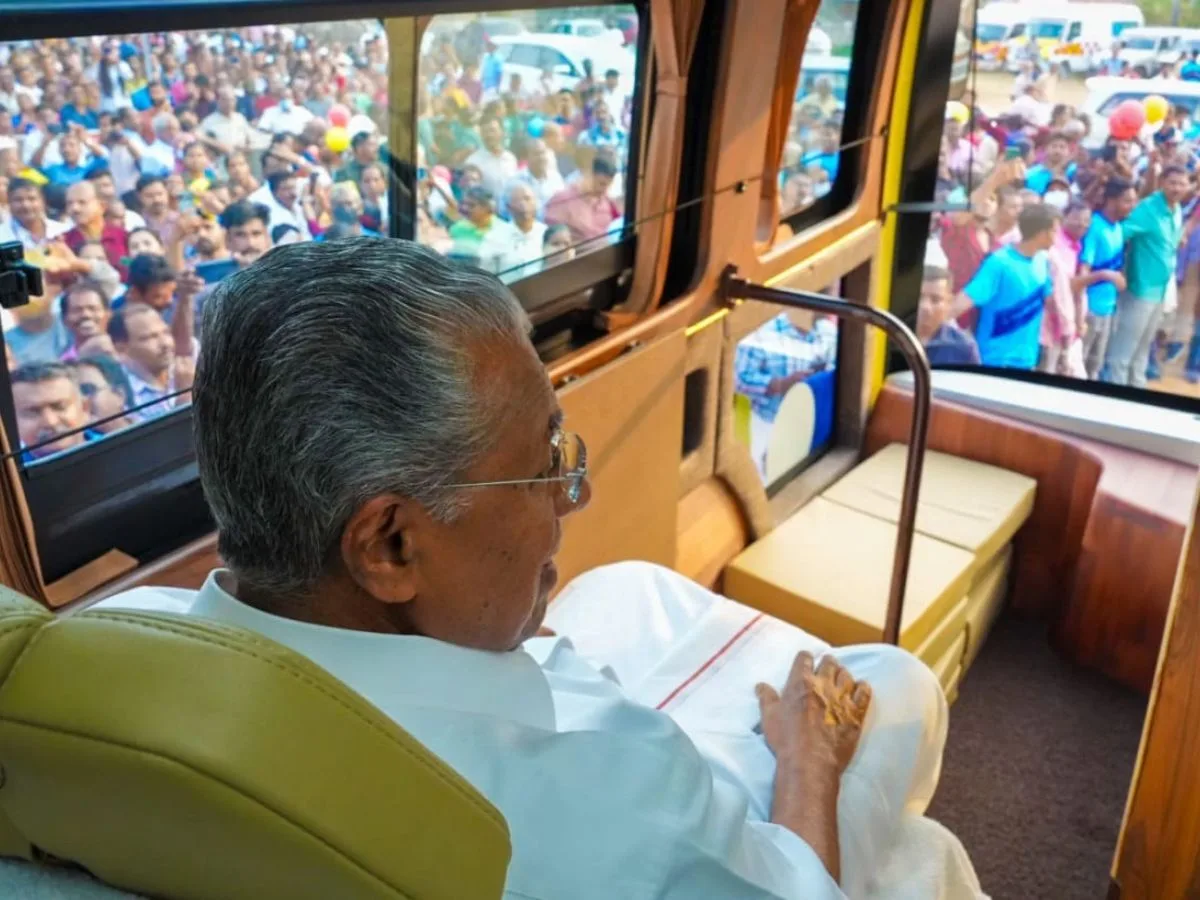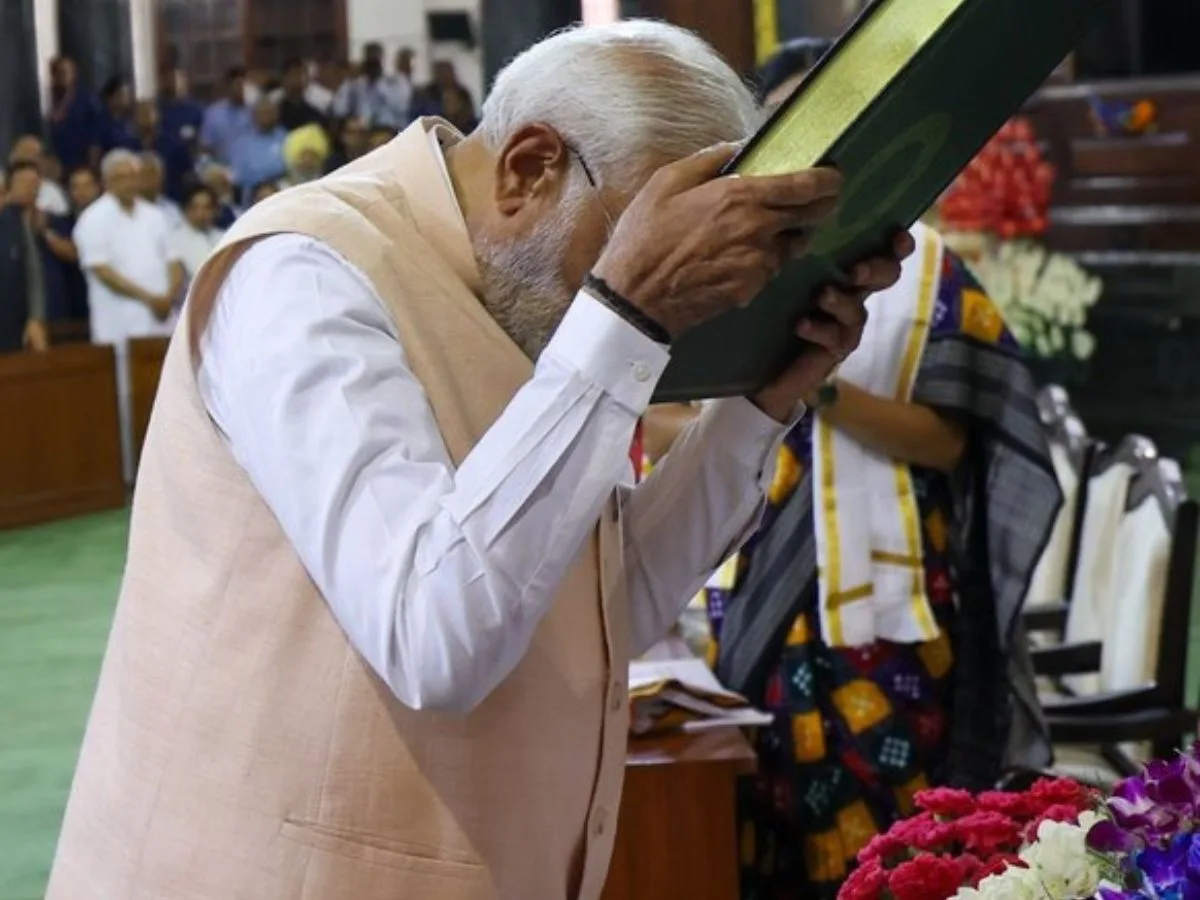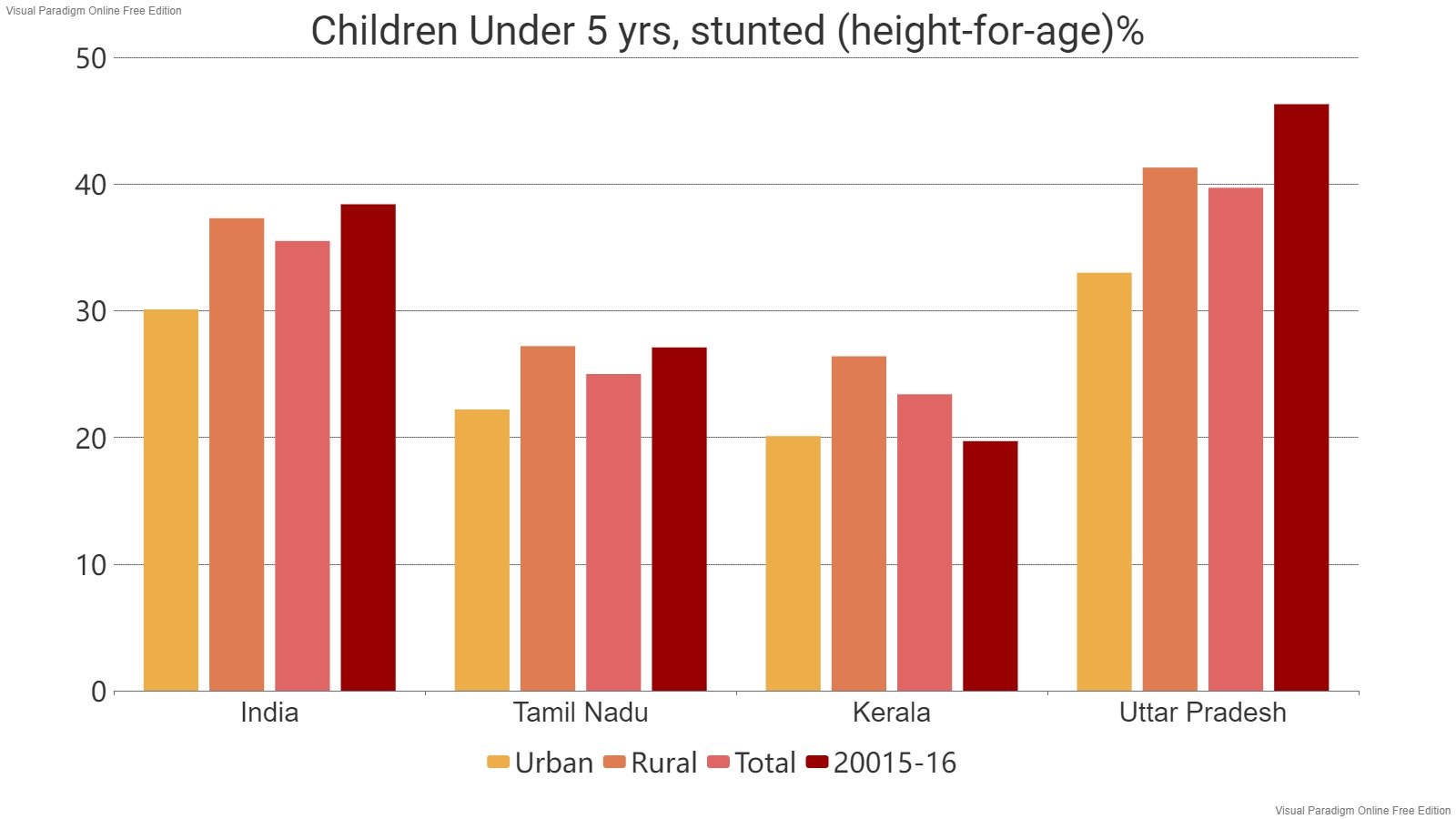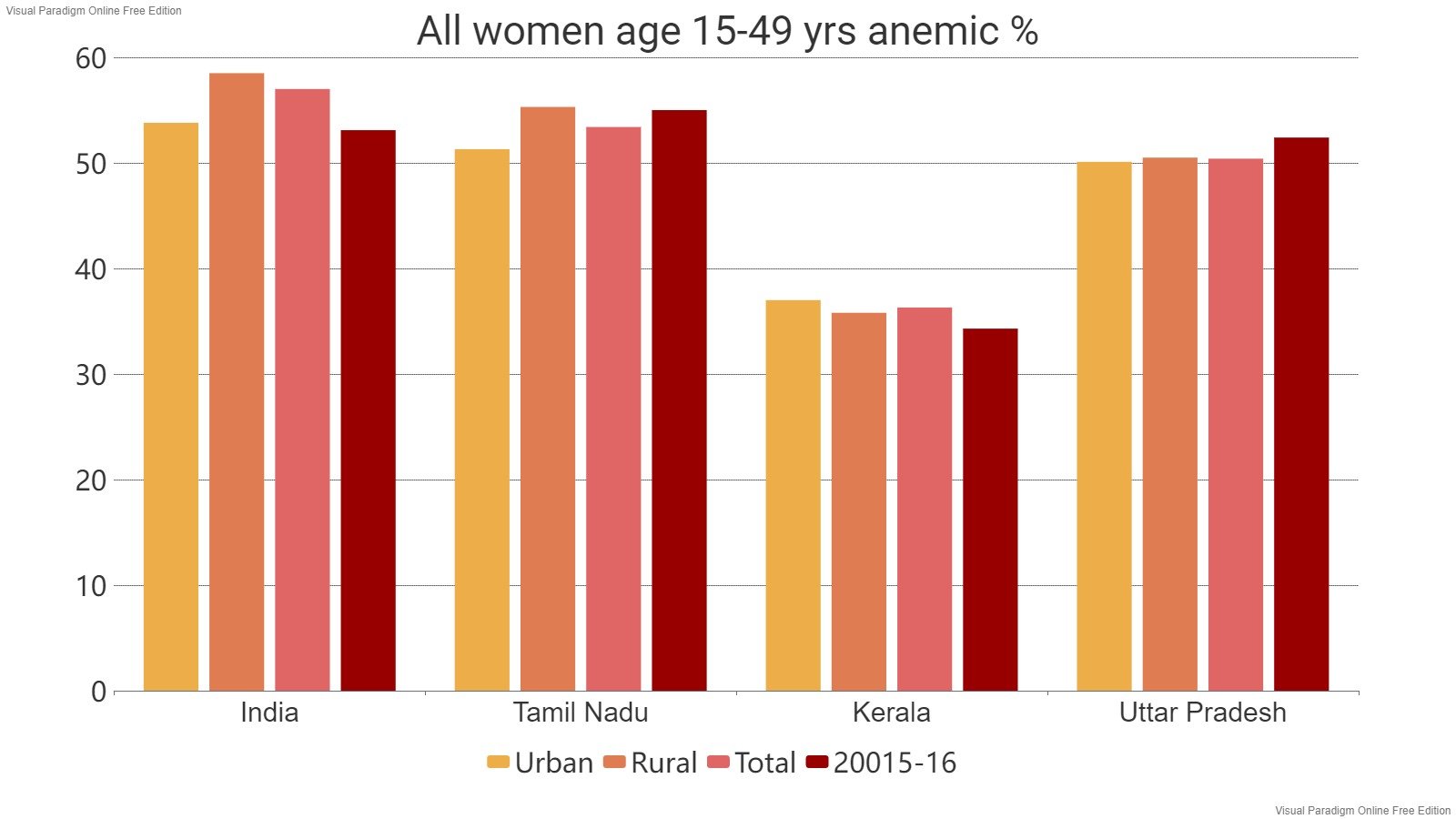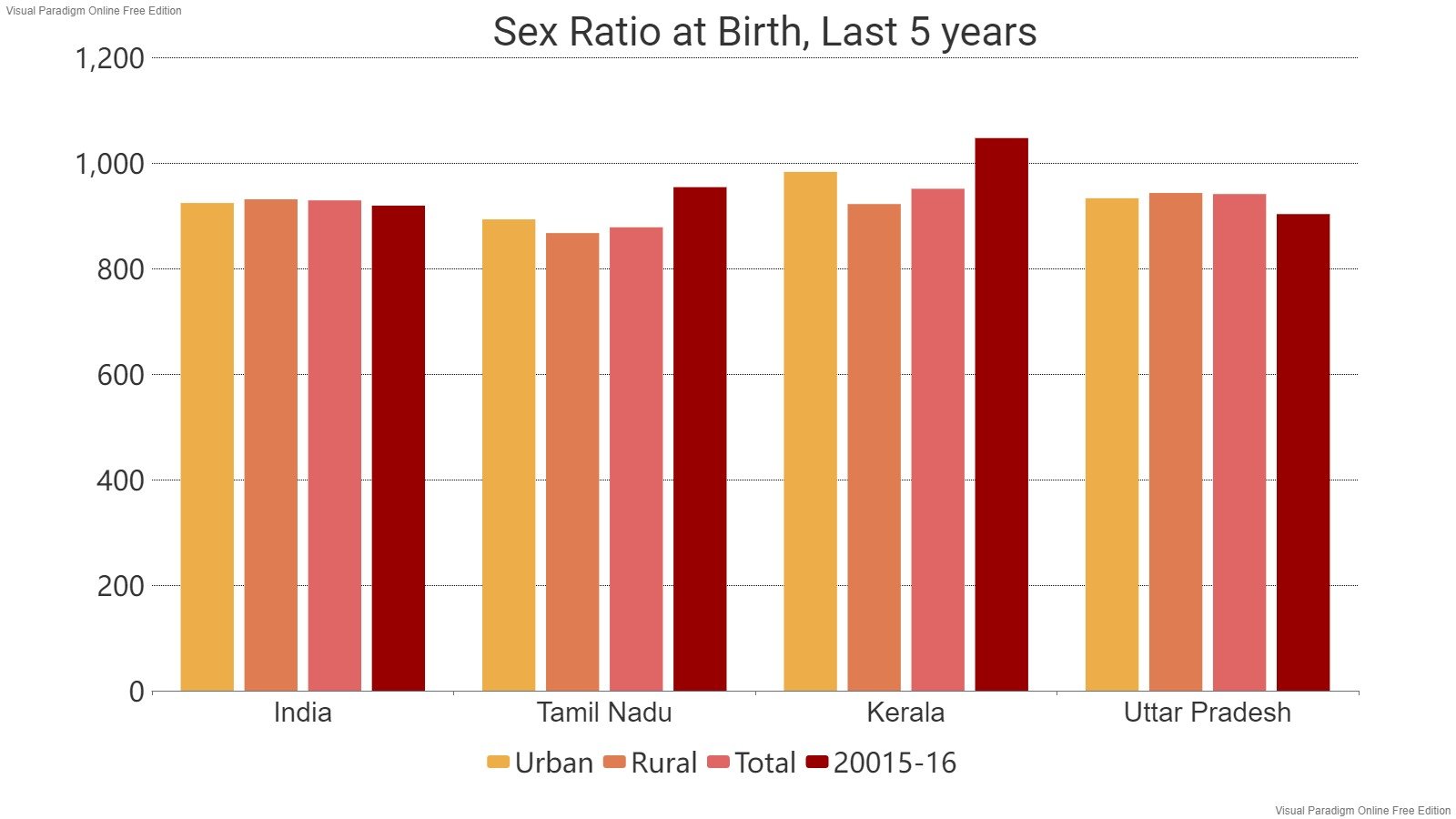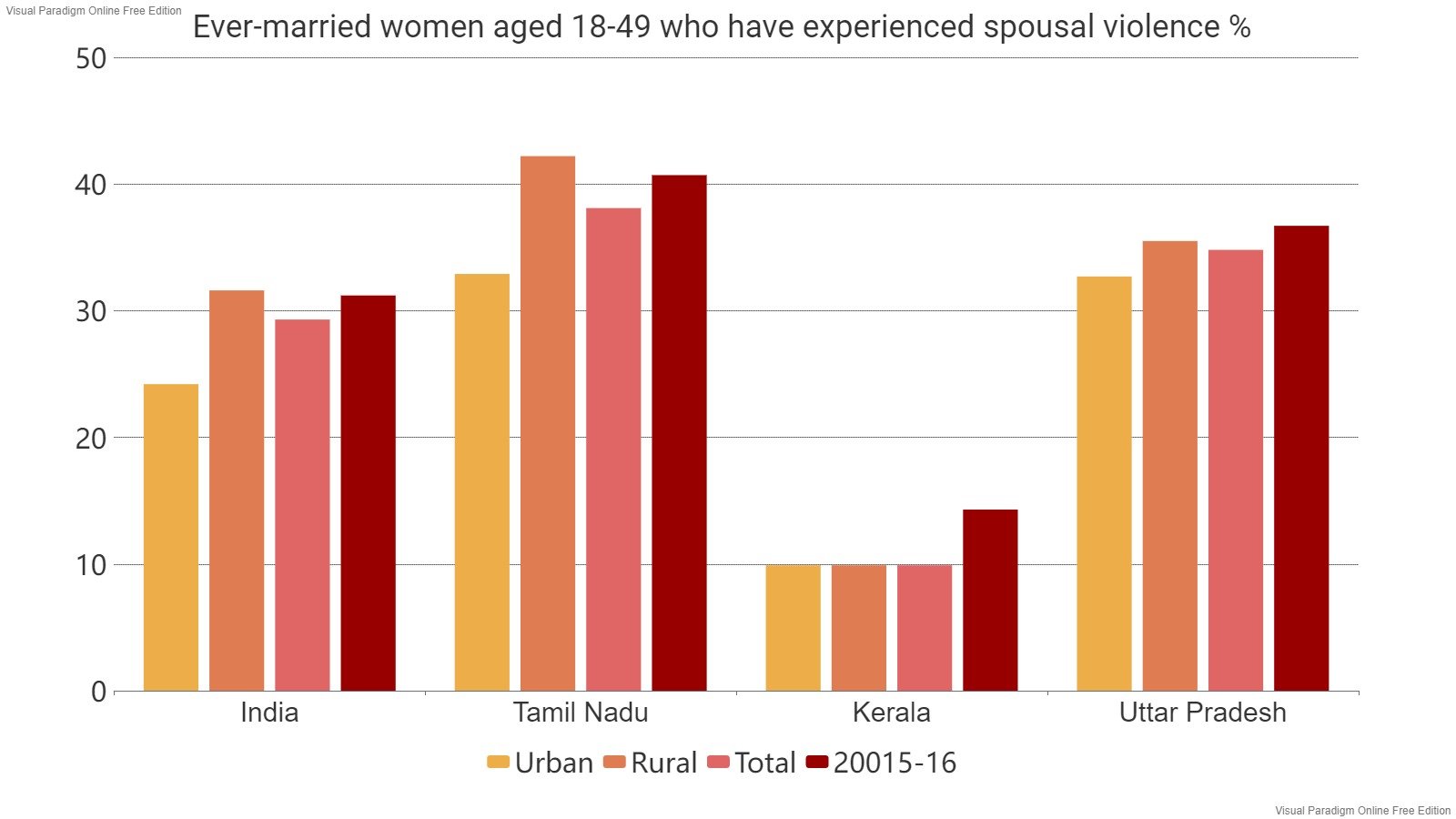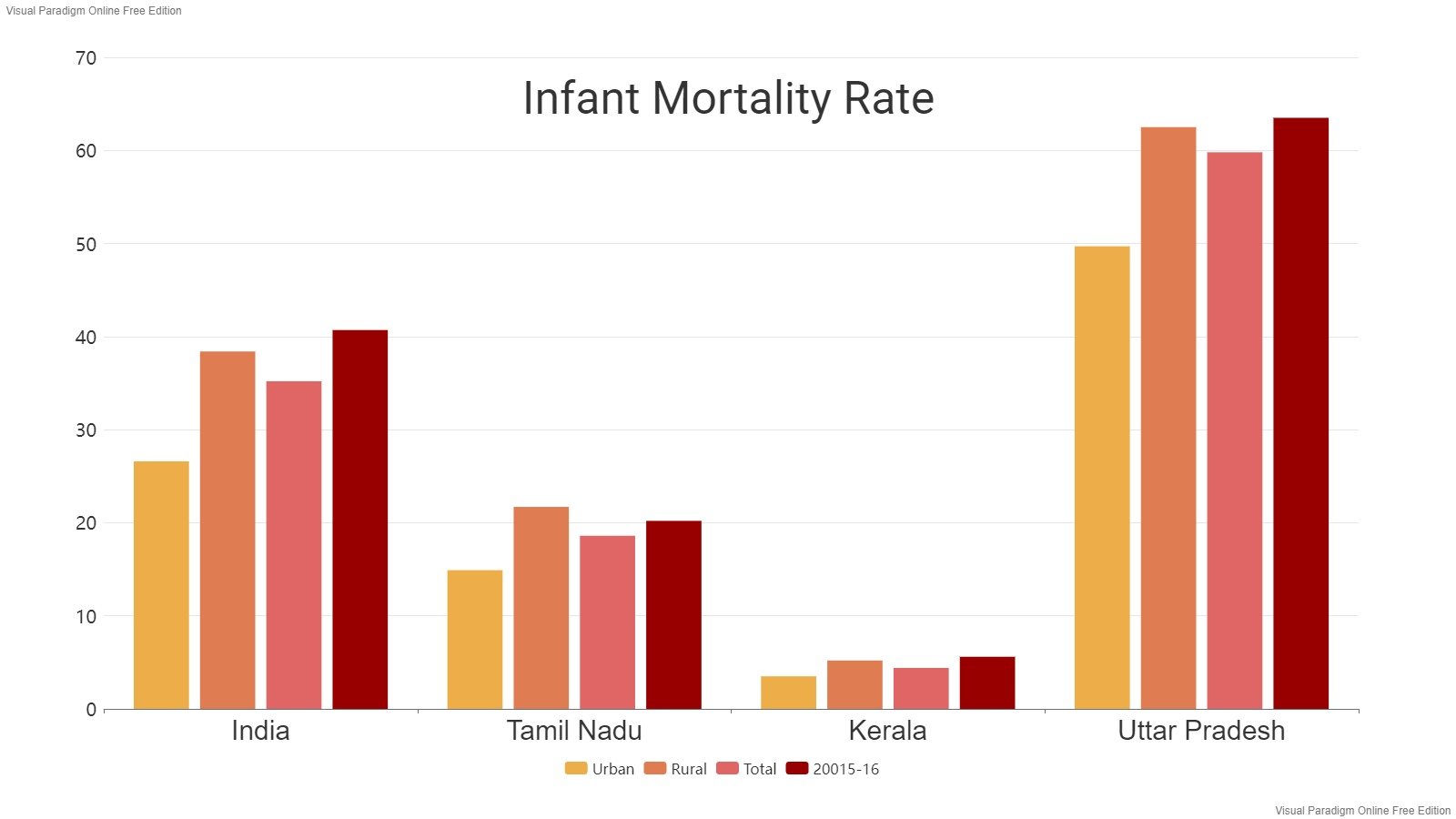Read in : தமிழ்
The crash of the IAF Mi-17V5 helicopter carrying the Chief of Defence Staff Gen. Bipin Rawat, with his wife, Defence Assistant, commandos and IAF personnel near Coonoor in Tamil Nadu on December 8 brings up, once again, the question of safety of flying by rotorcraft. At least five people had died, NDTV reported soon after the accident.The death toll has now reached 13.
Helicopter crashes have taken the lives of many VIPs, including, in recent times, Andhra Pradesh Chief Minister Y.S. Rajasekhara Reddy in 2009, Arunachal Pradesh Chief Minister Dorjee Khandu in May 2011, and Union Minister of State for Defence from Tamil Nadu, N.V.N. Somu in 1997. In 2002, Lok Sabha Speaker G.M.C. Balayogi, died at the age of 50, when a Bell helicopter he was travelling in crashed in Kaikalur, Andhra Pradesh.
Public attention was focused on the safety of helicopters in January 2020, when U.S. basketball star Kobe Bryant, his teenage daughter and seven other people died in a helicopter accident in California.
Helicopter crashes have taken the lives of many VIPs, including, in recent times, Andhra Pradesh Chief Minister Y.S. Rajasekhara Reddy in 2009, Arunachal Pradesh Chief Minister Dorjee Khandu in May 2011, and Union Minister of State for Defence from Tamil Nadu, N.V.N. Somu in 1997
Are helicopters unsafe?
While structured data on the common causes of helicopter accidents in India are not widely published, U.S. data indicate that it is private or personal chopper flights that carry a greater risk of a crash, as opposed to organised trips for commercial purposes, including tourism. From a technological viewpoint, rotorcraft have moved from being high-risk single-engine machines to twin-engine ones, and have been incorporating Safety Management Systems (SMS) on board.
According to the International Helicopter Safety Foundation (IHSF), things have moved from entirely manual controls to Automatic Flight Control Systems (AFCS), which have an attitude recovery mode for regaining or maintaining control of the craft in reduced visibility conditions, or Unintentional Instrument Meteorological Conditions (UIMC) situations, enhancing situational awareness and reducing pilot workload. Under UIMC, typically bad weather, the pilot must take recourse to instrument information rather than visual indicators.
It will take a technical evaluation to determine whether it was pilot error, or mechanical failure and/or just engine failure that caused the crash of Gen. Rawat’s chopper. U.S. data from the federal government mention a fatal accident rate of 0.72 per 100,000 flight hours in 2018 for helicopters, while passenger planes are considered safer, with a fatal accident rate of zero in many years. Military helicopters are heavier and intended for difficult terrain and deployments compared to light ones used in commercial aviation.
Interestingly, general aviation involving planes (not commercial flights) has a higher fatal accident rate: this type of flying, including recreational flying, says US broadcaster NPR, is statistically more dangerous, with a fatal accident rate of more than one accident per 100,000 flying hours in 2018.
It will take a technical evaluation to determine whether it was pilot error, or mechanical failure and/or just engine failure that caused the crash of Gen. Rawat’s chopper.
What was the profile of the helicopter that crashed?
Rosoboronexport, the Russian company has this to say about the performance capability of the Mi-17V-5 military/transport helicopter, which the IAF has acquired in large numbers. The advantages of the copter claimed by the firm include: “operability in any geographical and climatic conditions, day and night, in adverse weather; operability in high-altitude and hot conditions.”
It says the particular model of chopper has “a modern avionics suite providing round-the-clock employment of the helicopter and weapons.” Media reports said in February 2016, that a final batch of Mi 17V-5 helicopters was delivered to India that year by Rosoboronexport, a company of Rostec State Corporation, which covered 151 units in all, produced by the Kazan Helicopter Plant. In 2019, the IAF opened a repair and overhaul facility for this model of helicopter in Chandigarh.
Even with advancements in helicopter safety technology, and a heavy emphasis on instrument training for pilots, the United States Helicopter Safety Team (USHST) hopes to achieve only a 0.55 fatal accidents rate per 100,000 flight hours by 2025, within the overall goal of zero accidents. The International Helicopter Safety Foundation says in its golden rules for helicopter pilots, that besides anticipating worse weather than has been forecast, there must be alternative route plans, and in the worst-case situation, pilots should “be prepared to divert, turn around or land. Make sure there is an alternative course of action available should the weather conditions preclude the completion of the flight as planned. In other words, don’t be afraid to land and live.”
Given the shocking nature of the crash involving the CDS of India’s Defence services, questions are bound to arise whether all safety parameters were firmly adhered to, and, with such a protocol in place, the increasing incidence of lightning, climate change-linked adverse weather and unanticipated factors played a part.
Read in : தமிழ்
